History
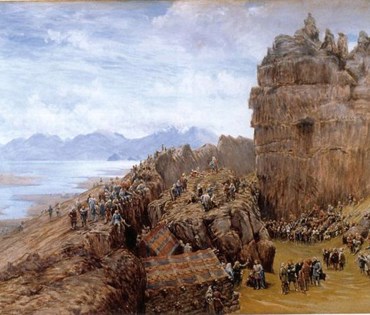
Lögberg
Lögberg according to Collingwood who came to the country in the 19th century. Every free man could speak there.
No single place epitomizes the history of Iceland and the Icelandic nation better than Þingvellir by the river Öxará.
At Þingvellir - literally "Assembly Plains" - the Alþing general assembly was established around 930 and continued to convene there until 1798. Major events in the history of Iceland have taken place at Þingvellir and therefore the place is held in high esteem by all Icelanders. Today Þingvellir is a protected national shrine. According to the law, passed in 1928, the protected area shall always be the property of the Icelandic nation, under the preservation of the Alþing.

Settlement of Iceland
From 800 AD until the middle of the 11th century, Nordic people settled far and wide, from the banks of the Volga to the eastern shores of North America, and from the Mediterranean to the Arctic Ocean.

Lögberg - Law Rock
The Icelandic Commonwealth period ran from 930 till 1262. At that time, Lögberg, was the hub of the Alþing meeting.
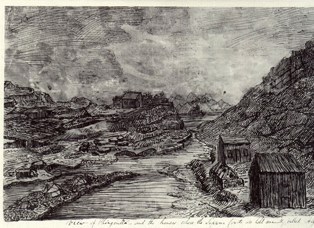
Law Council
Lögrétta was the legislative assembly and therefore the supreme institution of the Alþing in the Commonwealth period.
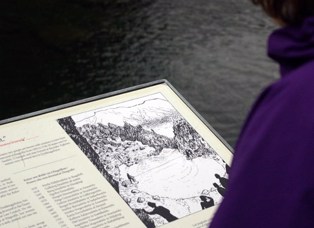
Courts of Law
After the conversion to Christianity in the year 1000, laws were among the first things written down in order to avoid disagreements.
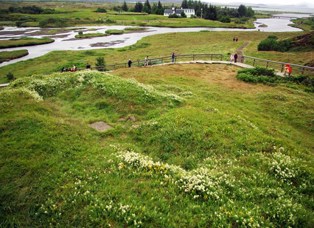
Centre of Social Life
For a two-week period each summer Icelanders from all parts of the country gathered at Þingvellir.

Christianity
Prior to the year 1000, various attempts at spreading Christianity to Iceland were made with varying results, but the pagan practices still held fast.
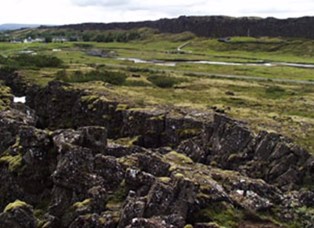
Assembly Site
The assembly site was the area including the Law Rock (Lögberg) and the Law Council, where the Alþing performed its duties.
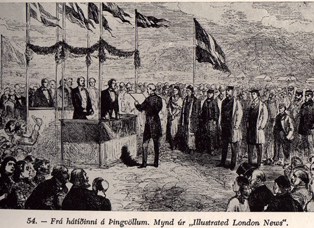
Independence Campaign
Þingvellir was an important symbol of national unity in Iceland's process towards independence in the 19th and 20th centuries.